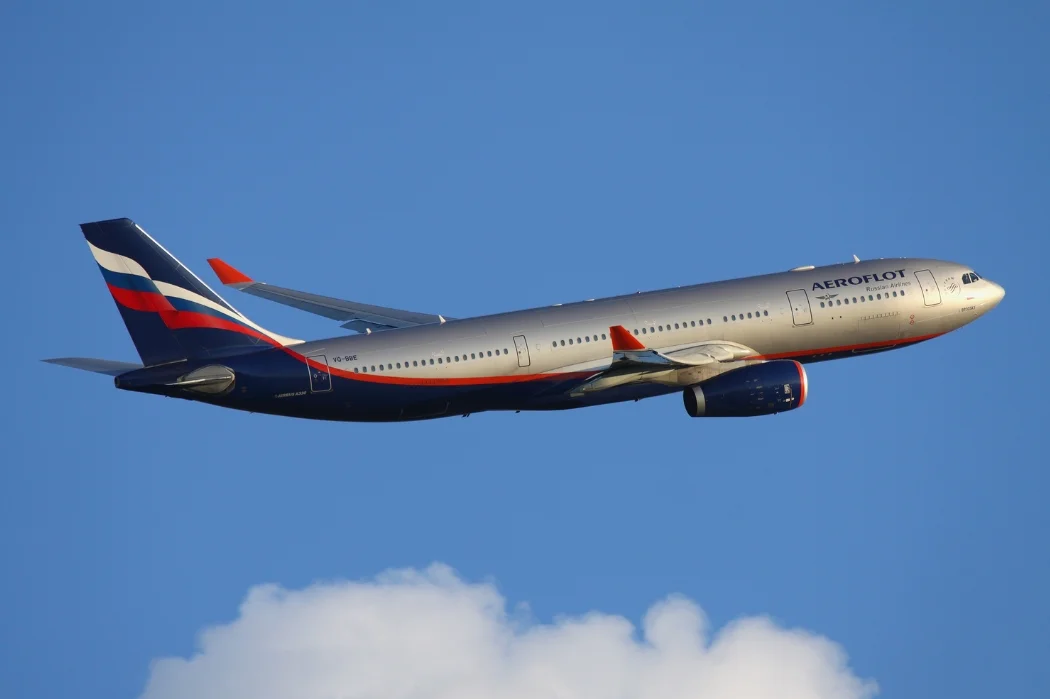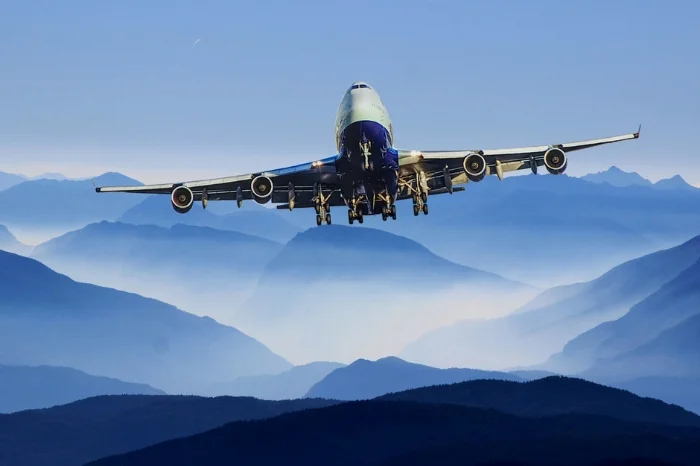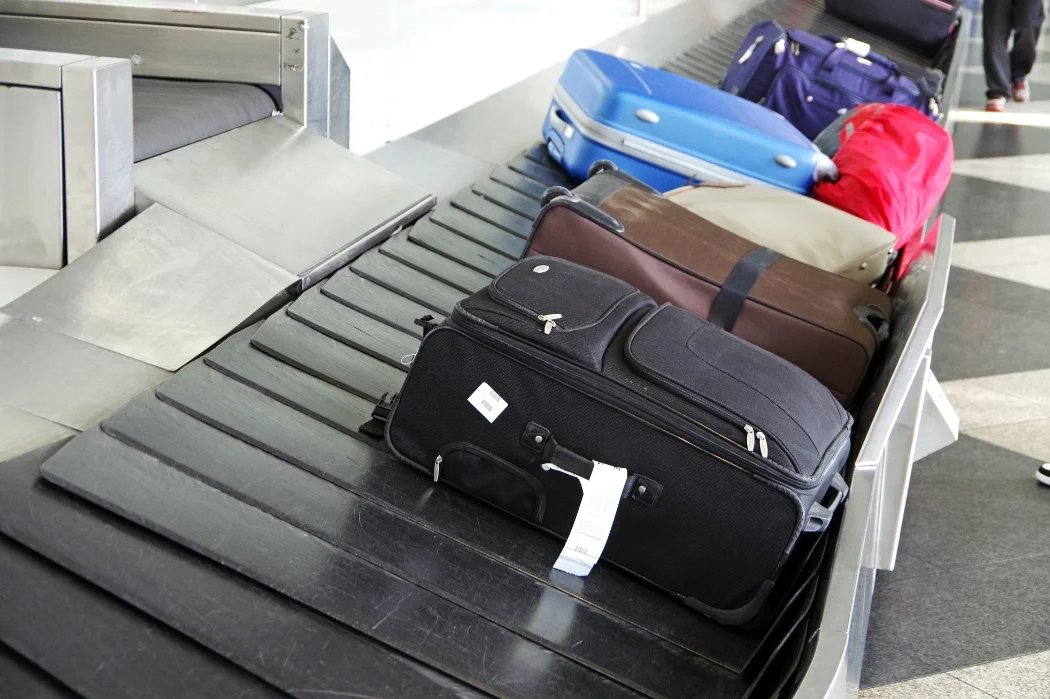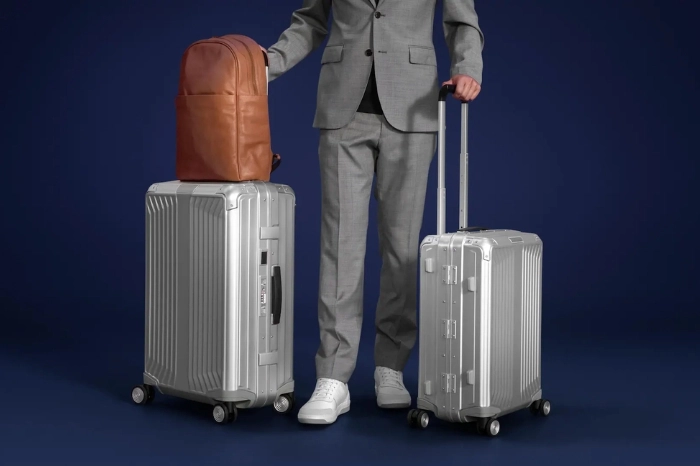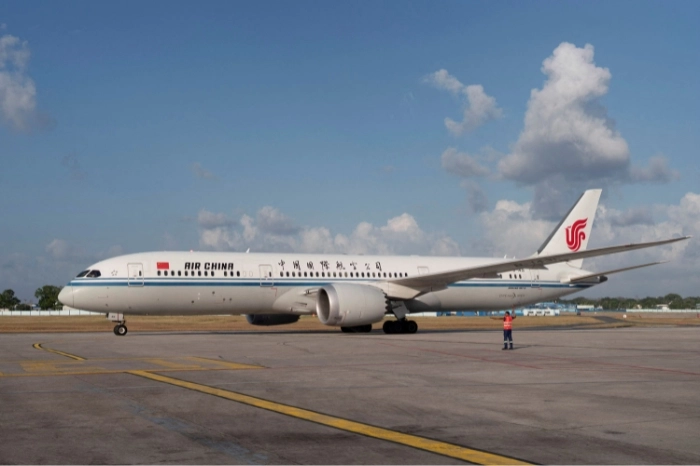- 03 May, 2024
What is the scariest flight route to travel?
Travelers have many questions in mind when flying with any airline, and the passengers' top concern is ensuring optimal safety. Therefore, an often-asked question of the flyers is, "How can travelers ensure their safety on an airplane?" To ensure your safety, you should ideally avoid dangerous flight routes. According to the data, the scariest route to fly is from New York and London. Read ahead to learn more about this flight route, dangerous flight places, and what safety measures you can take.
Why is New York to London the most dangerous flight route?
Any flight route can be dangerous, depending on the weather conditions and other influential factors. However, the most hazardous flight route is from New York to London (and also from London to New York). But why is it so that it is not safe to travel from this route? To learn the risk factors associated with this flight route in detail, refer to the points listed below. If you find any of the points below joint in your selected flight route, ensure optimal flight safety by following the tips in the sections ahead.
- Turbulence: The flight from New York to London is scariest because its flyers have reported massive turbulence. Turbulence is the irregular movement of the aircraft due to disorderly air currents and jet streams.
- Rough Weather: Due to the geographical disadvantage of flight routes crossing the North Atlantic region, this region experiences extreme weather. Strong winds and thunderstorms make traveling from this route scarier.
- Flight Duration: On average, most flights from New York to London take 7 hours and 10 minutes. Due to the long flight duration, traveling on the specified route becomes riskier and uncomfortable. The duration can increase if you choose a connecting flight, weather conditions are very harsh, etc.
List of dangerous places to fly from a plane.
The second most important question concerning their safety arises in the travelers' mind: "Where is the most dangerous place to fly?" If you lack information about the places that are least safe to travel to via plane, the probability of you getting in a mishap is higher. However, acquiring information about these locations is quite challenging as you must visit different websites, which will consume much time and energy. To resolve this issue, we have provided you with a list of the dangerous places to fly.
- Afghanistan: Certified air carriers are banned in Afghanistan due to safety deficiencies in its system of overseeing civil aviation.
- Liberia: The European Union has banned airlines operating in Liberia; no airlines currently operate out of the country.
- Nepal: A flight crash killed 72 people with no survivors, which is the worst incident in Nepal's recent flight history.
- Libya: The Civil Aviation Authority cannot fulfill its international obligations regarding the Libyan aviation sector safety.
How do you ensure safety when flying with any airline?
Once you have written down all the unsafe places and routes to travel from a plane, the next critical step is to learn about what safety measures you can take to ensure your utmost safety during your flight. Each airline has a set of policies and guidelines regarding the safety of its travelers. Below are some points you should remember when flying with an airline to ensure safety. These points may sound basic, but you should never forget them when traveling by flight.
- Buckle Up: Ensure you and your family wear seat belts while seated. In turbulence or critical flight phases, seat belts protect you from injuries and keep you tight to your seat.
- Flight Instructions: Always pay attention to the instructions and safety briefing the flight attendant gives at the beginning of your flight. You can also read the safety briefing card later if you miss any point.
- Follow the Restrictions: Take the airline's policy restrictions seriously, such as not using your electronic device when the flight is landing and taking off, following the weight limit of the luggage you carry, etc.
- Correct Seat Selection: You should select the seat according to your members' age and physical condition, such as choosing an approved child safety seat if your child weighs less than 40 pounds, selecting spacious seats for pregnant women, etc.
Contact us

